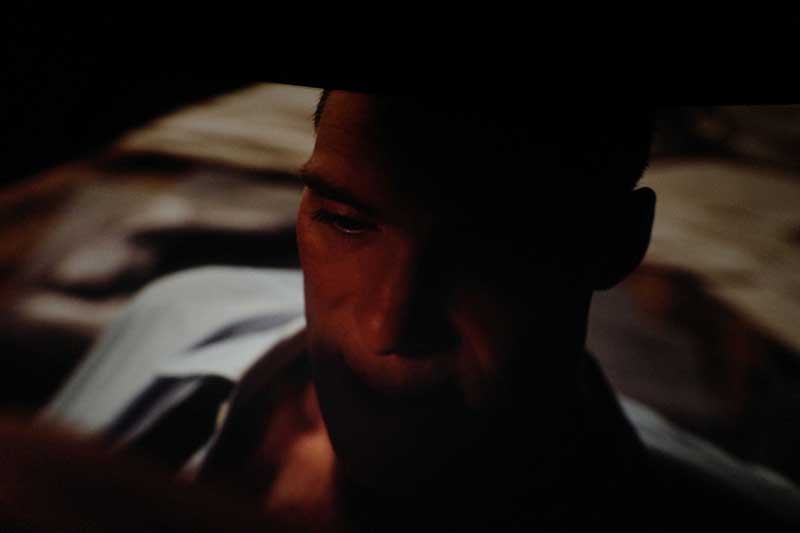That Liberals invent every day of the week for the benefit of their mothballed pansy-transy flimsy-whimsy World Order.xxxxxxxxxxxxxxxxxxxxxxxxxxxxxxxxxxxxxxxxxxxxxxxxxxxxxxxxxxxxxxxxxxxxxxxxxxxxxxxxxxxxxxxxxxxxxxxxxxxxxxxxxxxxxxxxxxxxxxxxxxxxxxxxxxxxxxxxxxxxxxxxxxxxxxxxxxxxxxxxxxxxxxxxxxxxxxxxxxxxxxxxxxxxxxxxxxxxxxxxxxxxxxxxxxxxxxxxxxxxxxxxxxxxxxxxxxxxxxxxxxxxxxxxxxxxxxxxxxxxxxxxxxxxxxxxxxxxxxxxxxxxxxxxxxxxxxxxxxxx
This scene could over-border into perversion in 2-ways: 1.by being sex filmed; or, 2.by being subject to the circulation of photographs of the scene outside the cinema screening-room that fetishize the exposure itself. This scene, like her abrupt turn-and-abandon on the street in front of the restaurant when Oppenheimer notices his colleague coming out(which distracts him from the non-seriousness of her 'conversation') reveals her character as radically libertine, one that fetishizes the seeming reality of things as what they are as revealed to be serious for the sake of proving a situation is what it looks like as what it should be for being what one thinks they would imagine such a situation to expose itself as to be a 'reality'(as such). That is also the point of her character arc with respect to Oppenheimer and his wife, who, herself, finds it impossible to look beyond the seeming sexually implicated seriousness of her imaginings of what this 'character' would have to have been for Oppenheimer to have taken an interest in her at all, in any way shape or form. Superficially describing the scene below is the reading of the text and the indication of precisely this mode of romanticized intellectualism it doesn't not look like, but that belies itself as precisely this fine line between what is real and what is not. In this case, 1. above would be justifiable access and representational certitude of portrayal of something that cannot be contrived; but would obviously implicate any viewer in the discomfort of being cast across the line(in thrall and, as such, into a cast of voyeuristic perversivity, which is not actually a phenomenon in any way specific to this tiny slice of a film-image cinemascape, but, rather, pervades society in its absolute hypocrisy with respect to what it is privately as transgression of the entreaties made over-boldly publicly but that justify themselves by the thin veneer of 'publicism' that 'protects' what they offer one knowingly for private consumption).
